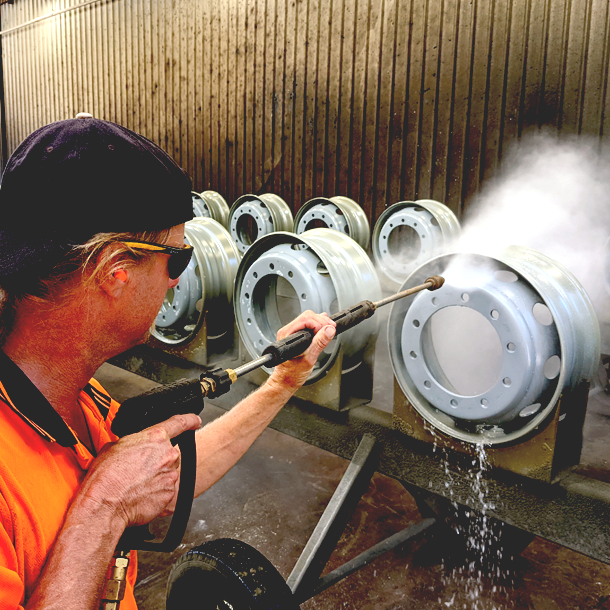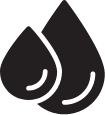Today, industrial pressure washing equipment is available in different sizes and configurations to cater to specific needs, ranging from portable units for small-scale operations to large-scale systems for heavy-duty cleaning tasks.
The origins of industrial pressure washing can be traced back to the development of steam cleaning technology in the 1920s. Steam cleaners were initially used for industrial applications to remove grease and oil from machinery and engines. Over time, advancements in technology led to the creation of pressure washers that utilized high-pressure water instead of steam. These early pressure washers were primarily used in industrial settings, where powerful cleaning was necessary to tackle tough stains and contaminants. As the technology improved and became more accessible, industrial pressure washing found applications in various industries and became an integral part of maintenance and cleaning routines.


Preparing the Equipment: Before starting the pressure washing process, it is important to ensure that the equipment is set up correctly. This involves connecting the pressure washer to a reliable water source and ensuring that it has an adequate supply of water. The appropriate nozzle or spray tip for the desired pressure and cleaning application is selected and attached to the wand or lance.

Preparing the Surface: Prior to pressure washing, the surface to be cleaned should be prepared. This may involve removing loose debris or obstructions and applying suitable cleaning agents or detergents if necessary. Pre-treating the surface can help loosen stubborn dirt, grime, or stains and enhance the cleaning effectiveness of the pressure washer.

Adjusting Pressure and Flow: The pressure and flow settings on the pressure washer are adjusted based on the type of surface being cleaned and the level of dirt or contaminants present. Different surfaces and cleaning requirements may require varying pressure levels, so it is important to choose the appropriate settings to avoid damage while achieving effective cleaning results.

Applying the High-Pressure Water: With the equipment and surface prepared, the operator can begin the pressure washing process. The wand or lance is held at a suitable distance from the surface, usually a few feet away, to maintain the desired pressure and coverage. The high-pressure water jet is directed onto the surface, moving systematically to cover the entire area. The operator may need to adjust the angle and distance of the spray to effectively remove dirt, grime, or stains.

Post-Cleaning Inspection and Cleanup: After pressure washing is completed, a thorough inspection of the cleaned surface is conducted to ensure the desired level of cleanliness has been achieved. Any remaining dirt or stains can be addressed with additional passes or spot cleaning. Once satisfied with the results, the pressure washing equipment is properly cleaned and stored, and any residual water or debris is cleaned up from the surrounding area.
Our high-pressure washing process has been specifically designed to clean and shine your industrial equipment. We are dedicated to making this task easier for you by restoring the look of your machines and removing grime, stains, grease and salt deposits to ensure that you can use your equipment longer.
© 2024 RAB ltd | Website Design by iFactory